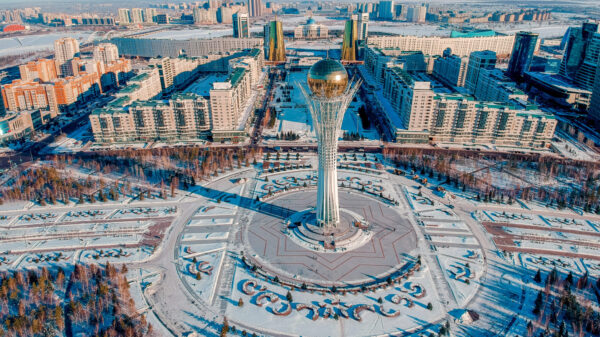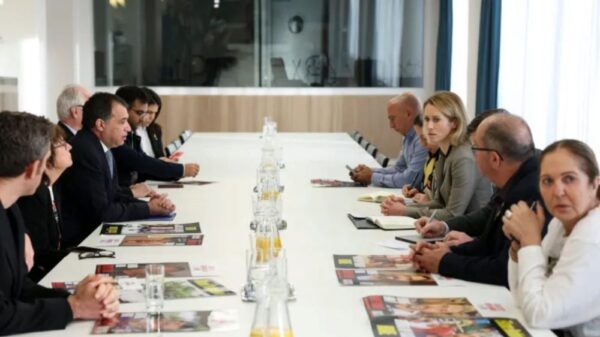
KYIV, Ukraine — The United States and Russia offered two starkly different versions of the reality on the ground surrounding Ukraine on Thursday, with the Kremlin offering its most detailed accounting so far of what it has described as a partial troop withdrawal, while America and its NATO allies said the Russian threat continued to grow.
President Biden said that the possibility of a Russian invasion of Ukraine remained “very high,” and that he expected President Vladimir V. Putin to carry it out within several days.
“Every indication we have is they’re prepared to go into Ukraine,” he said.
But in brief remarks on Thursday morning outside the White House, Mr. Biden said he still believed a diplomatic resolution was possible, adding that “there is a path. There is a way through this.”
Secretary of Defense Lloyd J. Austin III, who was joined by the head of NATO in Brussels, said Russia continued to move troops closer to Ukraine’s borders, was adding combat aircraft and was stocking up on blood supplies in anticipation of casualties on the battlefield.
“I was a soldier myself not that long ago,” Mr. Austin said. “I know firsthand that you don’t do these sorts of things for no reason. And you certainly don’t do them if you’re getting ready to pack up and go home.”
The Russian Defense Ministry said on Thursday that troops had redeployed hundreds of miles away from the Ukrainian border areas after conducting military exercises.
The ministry’s spokesman, Maj. Gen. Igor Konashenkov, said that logistics units of the western military district had traveled more than 400 miles from the Kursk region, bordering Ukraine, and returned to their base in the town of Dzerzhinsk in central Russia.
Several other military groups traveled more than 900 miles by railway with their equipment and were redeployed to Chechnya and Dagestan, he said. The troops currently engaged in military exercises in Belarus, to Ukraine’s north, will also return to their home bases once the drills are over, General Konashenkov said in a statement.
The Kremlin spokesman, Dmitri S. Peskov, insisted the withdrawal was continuing. “This process takes time,” he said. “They cannot just get lifted in the air and fly away.”
Mr. Austin said Russia’s claims did not square with the intelligence assessments of the United States and its allies.
“We see them fly in more combat and support aircraft,” Mr. Austin said. “We see them sharpen their readiness in the Black Sea.”
The head of NATO, Jens Stoltenberg, echoed those comments.
“They have enough troops to launch a full-scale invasion,” he said, repeating his assertion that Russia could attack Ukraine with very little warning.

Since late fall, the number of troops that Russia has dispatched to the borders near Ukraine has been growing. In the first week of January, the United States estimated that they numbered around 100,000. That figure grew to 130,000, and then, on Tuesday, President Biden put the number at 150,000 — with brigades normally based as far away as Siberia joining the force.
On Wednesday, a senior American official, who refused to be quoted by name, told reporters that far from winding down its deployment, Moscow was adding 7,000 combatants.
With the West essentially accusing Moscow of lying, the outlines of any diplomatic solution to the crisis once again looked very hard to discern. Tensions rose further on Thursday when the State Department said that Russia had expelled the No. 2 American diplomat from the country in what it called an “escalatory step” that would hinder diplomacy.
Using the threat to Ukraine as a bargaining chip, President Vladimir V. Putin of Russia has made sweeping demands, including the withdrawal of NATO forces from Eastern European countries that used to be under the yoke of the former Soviet Union. The United States and its NATO allies say that will never happen.
Russia has framed the crisis as revolving around its fundamental security. And it says that even the distant prospect of Ukraine joining NATO represents an existential threat.
President Volodymyr Zelensky of Ukraine made it clear once again that NATO membership is key to his country’s long-term security. “It’s not an ambition,” he said in brief comments to the BBC. “It’s our life.”



























